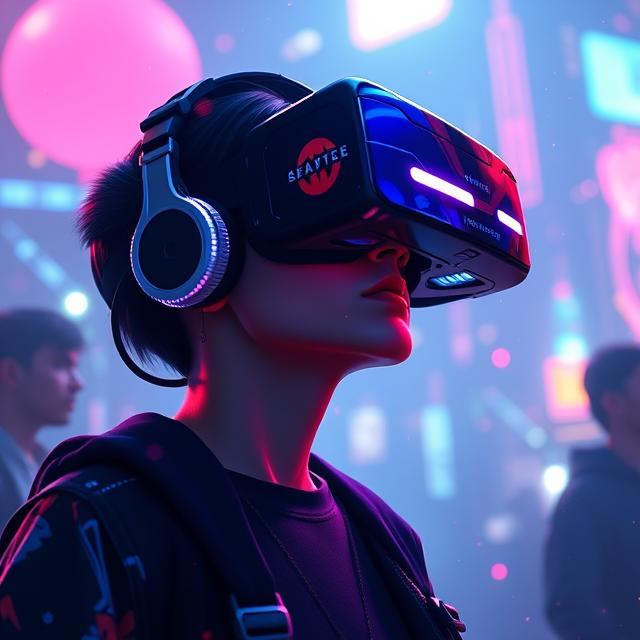Virtual Reality (VR) and Augmented Reality (AR) are reshaping how players interact with digital content. Game software now needs to support immersive technologies, from head tracking and gesture control to environmental scanning and spatial audio. Integrating VR/AR features into games requires specialized engines, SDKs, and design considerations.
Unity is a top choice for VR and AR game development. It supports a wide array of platforms including Oculus Quest, HTC Vive, PlayStation VR, and ARKit/ARCore for mobile AR. Unity’s XR Interaction Toolkit, Vuforia, and AR Foundation offer powerful tools to build immersive experiences across devices.
Unreal Engine is another strong contender, favored for high-end VR games due to its superior rendering capabilities. Its native support for VR input, room-scale tracking, and cinematic visuals make it ideal for realistic and graphically intense VR applications.
When building for VR, developers must consider:
- Performance – Games must run at high frame rates (usually 90 FPS or more) to prevent motion sickness.
- Comfort – Avoiding abrupt camera movements and providing teleportation-based navigation helps reduce disorientation.
- Interaction design – Traditional input methods are replaced by gesture, gaze, or controller-based interaction.
- Audio – 3D spatial audio is essential for immersion.
For AR, the environment becomes part of the gameplay. ARKit (iOS) and ARCore (Android) provide robust frameworks for surface detection, motion tracking, and light estimation. Unity’s AR Foundation allows cross-platform development by wrapping both SDKs in one interface.
Ultimately, integrating VR/AR into game software opens new creative dimensions—but it also requires a deep understanding of hardware limitations, user experience, and spatial interaction. Done well, it delivers experiences that are immersive, interactive, and unforgettable.


Leave a Reply